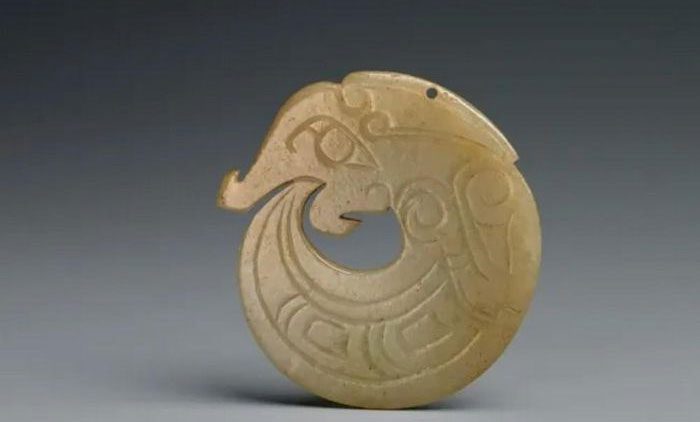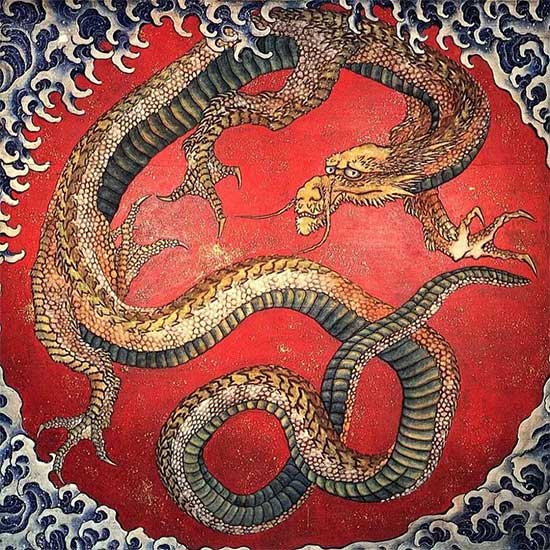In many Asian countries such as China, Japan, South Korea, and Vietnam, dragons are regarded as an important symbol and are revered in culture and tradition.
Recently, Baijiahao Baidu published an article analyzing the origins, cultural significance, religious meanings, and the differences of dragons in the perspectives of Eastern countries.
Origins of the Dragon
According to Baijiahao Baidu, the origin of dragons stems from the fact that ancient human tribes worshiped totem animals or certain natural phenomena. Over time, these totems gradually merged to form the dragon figure we recognize today.
Based on ancient historical records from China, the dragon imagery may have appeared during the Shang Dynasty (17th century BC – 11th century BC) or the Zhou Dynasty (11th century BC – 256 BC).

A dragon-shaped jade piece from the Zhou Dynasty. (Photo: Baidu).
Cultural Significance of the Dragon
In ancient and medieval Eastern countries, the dragon symbolized political power and status. Dragons were often seen as symbols for emperors, emphasizing the supreme authority of the “Son of Heaven,” or the child of the sky.
Dragons were also regarded as representations of nobility and glory. During the feudal era, only royal family members or nobles were allowed to use items adorned with dragon motifs. For instance, the dragon-embroidered robe (long bao) was a garment exclusively worn by emperors. Similarly, the thrones of kings in China and Vietnam were often intricately carved with dragon designs.

The throne in the Hall of Supreme Harmony in Beijing, China. (Photo: Wikipedia).
Religious Perspectives on the Dragon
In the religions of some Eastern countries, dragons are also one of the most important and mystical symbols. Dragons are seen as embodiments of rain gods, river gods, or sea gods, possessing the ability to control water. Therefore, religious activities related to dragons are often conducted in areas associated with water bodies.
Differences in Dragon Imagery Across Eastern Countries
Although the dragon of ancient and medieval China significantly influenced the culture of nearby countries like Japan and Vietnam, the imagery of dragons in these countries still exhibits some differences.

The dragon imagery of Japan. (Photo: Wikipedia).
For example, the most significant difference between the Japanese dragon and its Chinese counterpart is that Japanese dragons have only three claws instead of four or five.
According to Japanese beliefs, dragons originally were serpents that eventually transformed into “fish.” Over the following centuries, the “fish” gradually developed other features such as clawed feet. To complete its transformation into a dragon, the “fish” must grow horns and a crest.


















































